Onassis Cultural Center brings to vivid life the emotions of the people of ancient Greece
A World of Emotions: Ancient Greece, 700 BC – 200 AD. Installation view.
NEW YORK, NY.- The Onassis Cultural Center New York brings to vivid life the emotions of the people of ancient Greece, and prompt questions about how we express, control, manipulate, or simulate feelings in our own society, by presenting its groundbreaking exhibition A World of Emotions: Ancient Greece, 700 BC – 200 AD.
On view through June 24, 2017 exclusively at the Onassis Cultural Center New York, where admission is always free, the exhibition brings together more than 130 masterpieces from some of the world’s leading museums—including the Acropolis Museum, Athens; National Archaeological Museum, Athens; Musée du Louvre (Department of Greek, Etruscan, and Roman Antiquities), Paris; British Museum, London; and Musei Vaticani, Vatican City—to explore the ideas and attitudes of people in classical antiquity toward emotion and the ways in which the emotions were depicted, revealing how some are strikingly familiar to us and some shockingly alien. Although ancient Greece is often said to have been flooded with the light of reason, A World of Emotions lays bare the far different reality addressed in the Iliad, whose very first word is menis: wrath.
A World of Emotions: Ancient Greece, 700 BC – 200 AD. Installation view.
Developed by a team of esteemed guest curators, A World of Emotions features vase paintings, sculptures (ranging from life-size statues from the Acropolis to relief carvings from cemeteries), theatrical masks, amulets, coins, and votive offerings, among other artifacts from the early 7th century BC (the traditional date of the Iliad) to the late 2nd century AD. Many are on view in the United States for the first time, and some seen for the first time outside Greece. Together, these objects provide a timely opportunity to think about the role of feelings in our own personal, social, and political lives, while helping to advance the relatively new field of the history of emotions.
Theoretical writings about human emotions date back to ancient Greece itself. Only within the past few decades, however, have scholars begun to investigate emotional life as a force that shapes societies, influences historical processes, and varies in different contexts—giving rise, for example, to such unique characteristics of ancient Greece as the belief that figures such as Eros (love) and Phobos (fear) were not just representations of emotions but actual gods to be supplicated or placated. These investigations face an inherent challenge, however, since the principal medium for research—textual evidence—is often a thin source, composed to filter, disguise, or even mute emotions as much as to reveal or arouse them. A World of Emotions expands the possibilities of a history of emotions in classical antiquity by going beyond literary texts and inscriptions to include the evidence of the visual arts.
A World of Emotions: Ancient Greece, 700 BC – 200 AD. Installation view.
The distinguished historian Angelos Chaniotis, co-curator of the exhibition, said, “We cannot directly study neurobiological processes in ancient Greece. But we can see how social norms, religious beliefs, philosophical ideas, and education determined the manifestations of emotions, and how emotions in turn determined social interaction, political behavior, and religious practice. This is our gain from studying emotions in the Greek world. What we learn about emotions in one culture and one historical period helps us understand another. It sharpens our mind to reflect on our lives and our world.”
A World of Emotions: Ancient Greece, 700 BC – 200 AD is curated for the Onassis Cultural Center New York by Angelos Chaniotis, Professor of Ancient History and Classics, Institute for Advanced Study, Princeton; Nikolaos Kaltsas, Director Emeritus, National Archaeological Museum, Athens; and Ioannis Mylonopoulos, Associate Professor of Ancient Greek Art and Archaeology, Columbia University. The exhibition is accompanied by a fully illustrated catalogue featuring essays by scholars including the cocurators, David Konstan, and Joseph E. LeDoux, as well as contributions from nearly 60 European and American authors.
Corinthian Helmet, ca. 700–500 BCE. Bronze, 9 5/8 x 8 1/4 x 10 1/8 in. The Walters Art Museum, Baltimore 54.2304
Cup with Achilles Slaying Penthesileia, attributed to the Penthesileia Painter, ca. 470–460 BC. Terracotta, Red-figure. Staatlichen Antikensammlungen und Glyptothek, Munich, NI 8705 © Staatlichen Antikensammlungen und Glyptothek, Munich, photograph by Renate Kühling
Wall Painting with Scene from the Sacrifice of Iphigeneia, ca. 62–79 AD. Fresco on Plaster. Museo Archeologico Nazionale di Napoli, 9112 © Museo Archeologico Nazionale di Napoli / Ministero dei Beni e delle Attività Culturali e del Turismo
Funerary Stele with Epigram for Zoe, daughter of Peneios, 3rd Century AD. Marble. Height: 148 cm; Width: 34 cm; Depth: 11 cm. Larissa, Diachronic Museum © Hellenic Ministry of Culture and Sports - Archaeological Receipts Fund
The twenty-line epigram informs us that eighteen-year-old Zoe died after marriage, giving birth to a premature baby, who “left the sunlight behind without ever crying.” The two were separated too early from parents and grandparents. Zoe’s tearful father set up the grave stele with his beloved wife.
Statue of Smiling Kouros with Dedication to Apollo, ca 500 BC. Parian marble. Height: 96 cm; Width: 37 cm; Depth: 20 cm, Athens, National Archaeological Museum, 20 © Hellenic Ministry of Culture and Sports - Archaeological Receipts Fund.
Statuette of Tyro Exposing Her Children, 300-250 BC. Terracotta; National Archaeological Museum, Athens, Α 4721 © Hellenic Ministry of Culture and Sports–Archaeological Receipts Fund
Amphora with Scene of Achilles and Ajax Playing a Board Game, ca. 540 BC. Terracotta, Black-figure; Antikenmuseum Basel und Sammlung Ludwig, 1921.328 © Antikenmuseum Basel und Sammlung Ludwig, Photography Rüdi Habegger
Eros Stringing His Bow, 2nd Century AD. Marble. Height: 122 cm; Width: 85 cm; Depth: 57 cm. Louvre Museum, MA 448 (MR 139) © RMN–Grand Palais / Art Resource, NY
In ancient Greece, Eros was Love divinized. The sources present him as a mischievous boy lighting the flame of passion with warrior’s weapons, or as a force that brings order and harmony to conflicting elements. All agreed that his power was absolute and that neither gods nor men were immune to it.
Votive Relief to Asklepios, Late 5th–early 4th century BC. Marble. Acropolis Museum, Athens, Acr. 1341 (EAM 1341) © Hellenic Ministry of Culture and Sports–Archaeological Receipts Fund
Neck-Amphora with Menelaos and Helen, attributed to the Kleophon Painter, 430-420 BC. Antikenmuseum Basel und Sammlung Ludwig, LU 57 © Antikenmuseum Basel und Sammlung Ludwig
Stater of Pyrrhos I - Nike Holding a Trophy, 278–276 B. Gold. Epigraphic and Numismatic Museum, Athens, Ɂɀ 518/1999 © Hellenic Ministry of Culture and Sports–Archaeological Receipts Fund
Statue of a Boy with a Goose, 3rd century BC. Marble. National Archaeological Museum, Athens, 2772 © Hellenic Ministry of Culture and Sports–Archaeological Receipts Fund
Ostrakon against Themistokles Son of Neokles, 487-482 BC. Terracotta, Black-glaze, Fragments. Kylikes, Museum of the Ancient Agora, Athens, ΑΟ98 © Hellenic Ministry of Culture and Sports–Archaeological Receipts Fund
In the first quarter of the fifth century BC, 190 ostraka inscribed with the name of Themistokles, who dominated the Athenian political scene for more than twenty years, were thrown into a well on the northern slope of the Acropolis. The ostraka, primarily made from the bottoms of recycled drinking cups for wine, seem to have been mass-produced by a small number of engravers and intended for distribution to illiterate or undecided Athenian citizens. Themistokles, leader of the Athenian democrats, was a candidate for ostracism on many occasions in the 480s, but was only finally ostracized in 471 BC, due to rumors of his excessive ambition and the choices he had made with regard to foreign policy.
Funerary Stele with Scene of Greeting, Early 3rd century BC. Marble. Archaeological Museum of Thera, 321 © Hellenic Ministry of Culture and Sports–Archaeological Receipts Fund, Photography Kostas Xenikakis
Dinos with the Symposium of the Gods, attributed to the Dinos Painter, 420-410 BC. Terracotta, Red-figure. Archaeological Collection of Acharnes, MM 818 © Hellenic Ministry of Culture and Sports–Archaeological Receipts Fund
Head of Penthesileia, Marble, Roman copy of a Hellenistic original. Antikenmuseum Basel und Sammlung Ludwig, inv. no. BS 214 © Antikenmuseum Basel und Sammlung Ludwig

/https%3A%2F%2Fprofilepics.canalblog.com%2Fprofilepics%2F1%2F0%2F100183.jpg)
/https%3A%2F%2Fstorage.canalblog.com%2F03%2F02%2F119589%2F96711876_o.jpg)
/https%3A%2F%2Fstorage.canalblog.com%2F11%2F31%2F119589%2F94773502_o.jpg)
/https%3A%2F%2Fstorage.canalblog.com%2F20%2F83%2F119589%2F94772815_o.jpg)
/https%3A%2F%2Fstorage.canalblog.com%2F26%2F72%2F119589%2F75604929_o.jpg)
/https%3A%2F%2Fstorage.canalblog.com%2F59%2F60%2F119589%2F26458628_o.jpg)

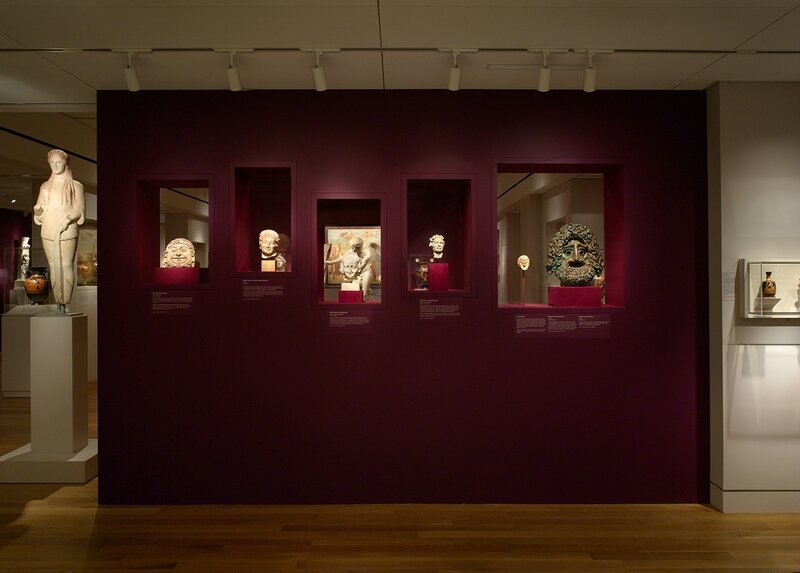
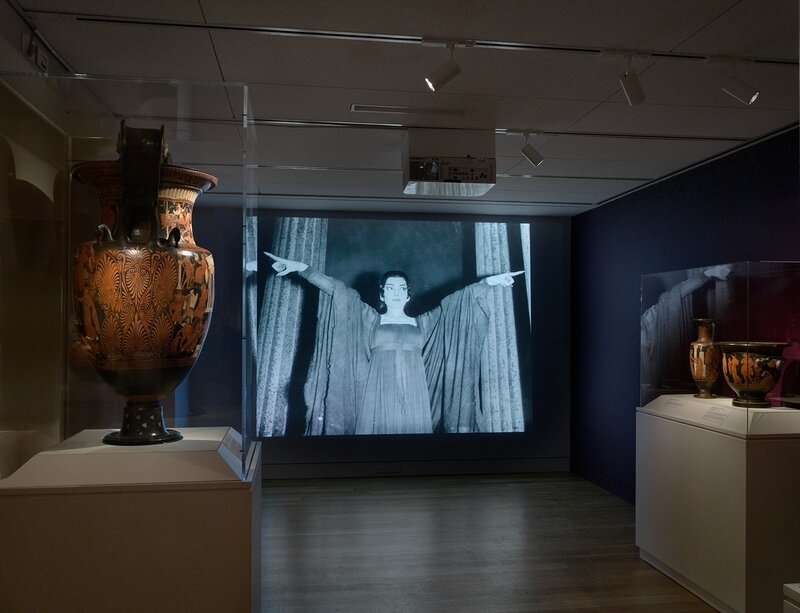
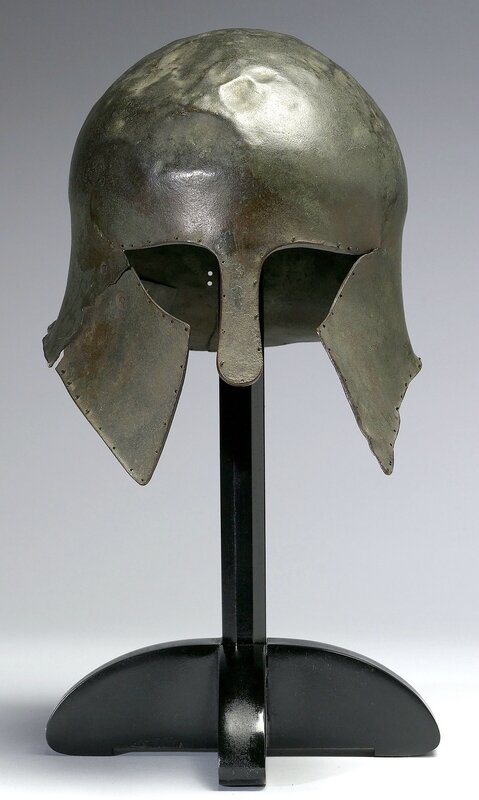
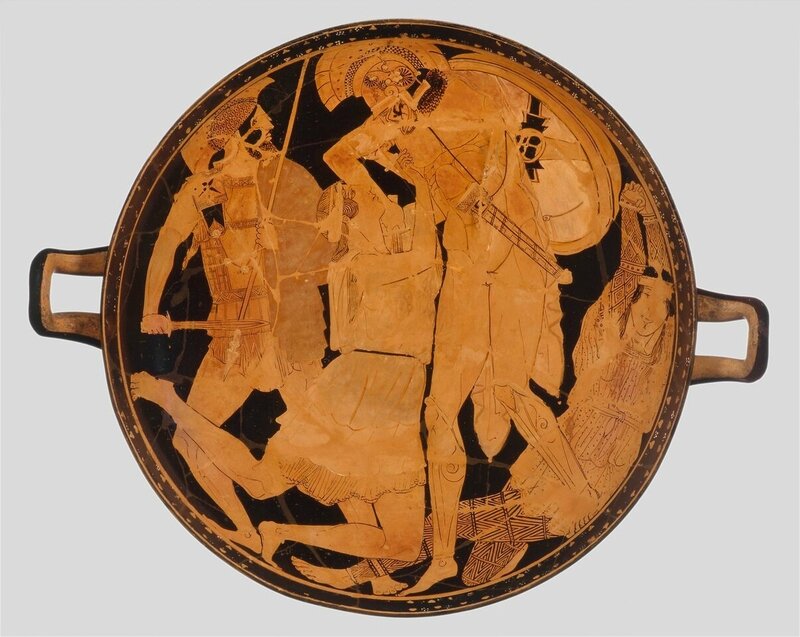


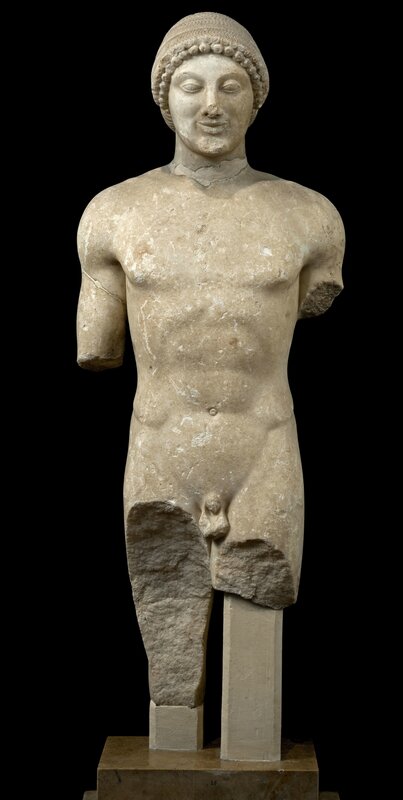


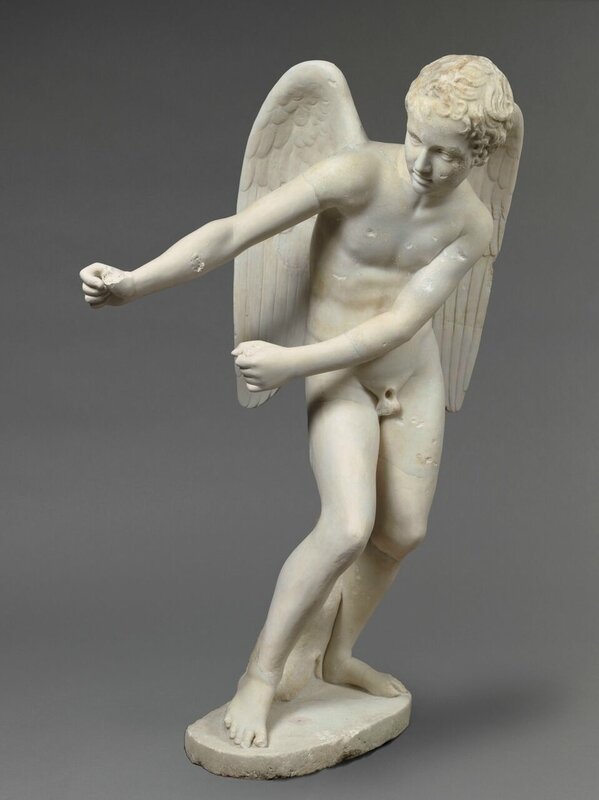
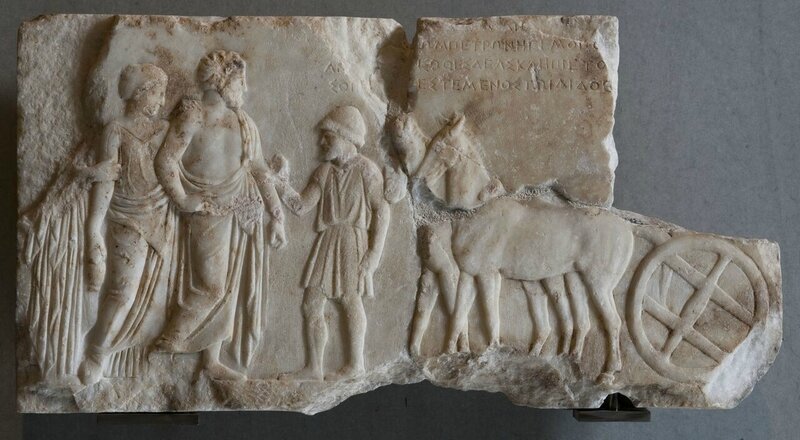



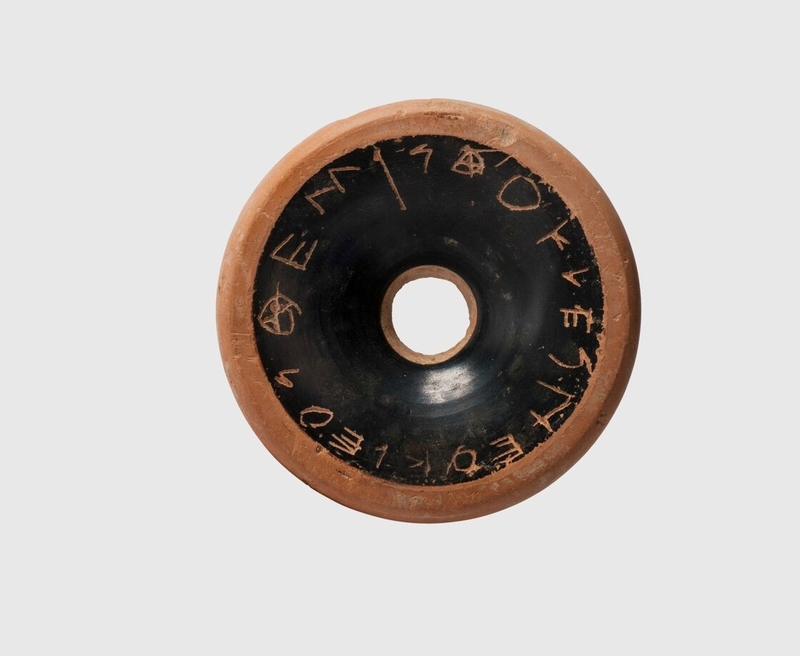





/http%3A%2F%2Fstorage.canalblog.com%2F46%2F61%2F119589%2F121066941_o.jpg)
/image%2F1371349%2F20240418%2Fob_ac5c4c_telechargement.jpg)
/image%2F1371349%2F20240418%2Fob_709b64_304-1.jpg)
/image%2F1371349%2F20240418%2Fob_22f67e_303-1.jpg)